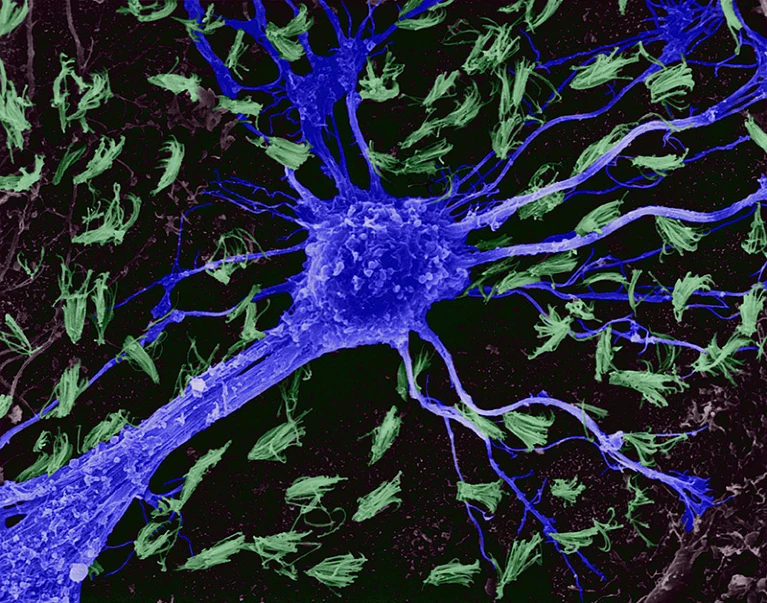Friday, January 5, 2024
osfe / EZE, 2024
Thursday, January 4, 2024
oisiji / EZE, 2024
isijojosiji / EZE, 2024
Wednesday, January 3, 2024
isijojosji / EZE, 2024
Tuesday, January 2, 2024
ijojosji / EZE, 2024
Monday, January 1, 2024
ijojosje / EZE, 2024
Communication Refused / EZE, 2024
Without Convention, the Possibility of Shared Meaning Is Diminished
With Convention, the Un
A Resolution from Thomas J. Bevan
But Meaning Absent of Understanding?
ojosjer / EZE, 2024
Sunday, December 31, 2023
oosjert / EZE, 2023
Asemic Engagement with Ab-Sen(c/s)e / EZE, 2023
Asemic Engagement with Ab-Sen(c/s)e
Notes on the Aesthetics of Merleau-Ponty
Merleau-Ponty formulates with remarkable precision the primary ontological theme: "What is proper to the visible [le propre du visible] is to have a layer of an invisible in the strict sense, which it renders present as a certain absence." It is this occult, secluded layer of invisibility that painting renders visible, that—in the words of Klee that Merleau-Ponty pieces together—painting annexes to the visible. It is because of painting’s engagement with this invisibility, which, while of the visible, also lies outside the realm of visible things, that Merleau-Ponty is led finally to what he calls the ontological formula of painting. The formula consists of words, written by Klee in 1916, that were inscribed on his tomb. They bespeak painting’s engagement beyond the here and now of visible things. Merleau-Ponty cites them in French translation: "Je suis insaisissable dan l’immanence." In Klee’s German the formula reads, "Diesseitig bin ich gar nicht fassbar" ("I cannot be at all grasped on this side, in the here and now"). [from "Freeing the Line" by John Sallis in Merleau-Ponty at the Limits of Art, Religion, and Perception]
Asemics opens up the invisible as instantiations of meaning and of unmeaning, this, where the invisible reveals itself as statistical possibilities and as gap between.
Making Science and Engineering Pictures
Saturday, December 30, 2023
trertoorte / EZE, 2023
ertoorte / EZE, 2023
Friday, December 29, 2023
osjert / EZE, 2023
Thursday, December 28, 2023
osfert / EZE, 2023
Wednesday, December 27, 2023
Asemic Science? A Map of the Brain / nature.com, 2023
from nature.com: Largest Map of the Human Brain Thus Far
Where Are the McDonalds? (Same Link as Above, but with an Asemic Preface)
What is the Theme Music?












